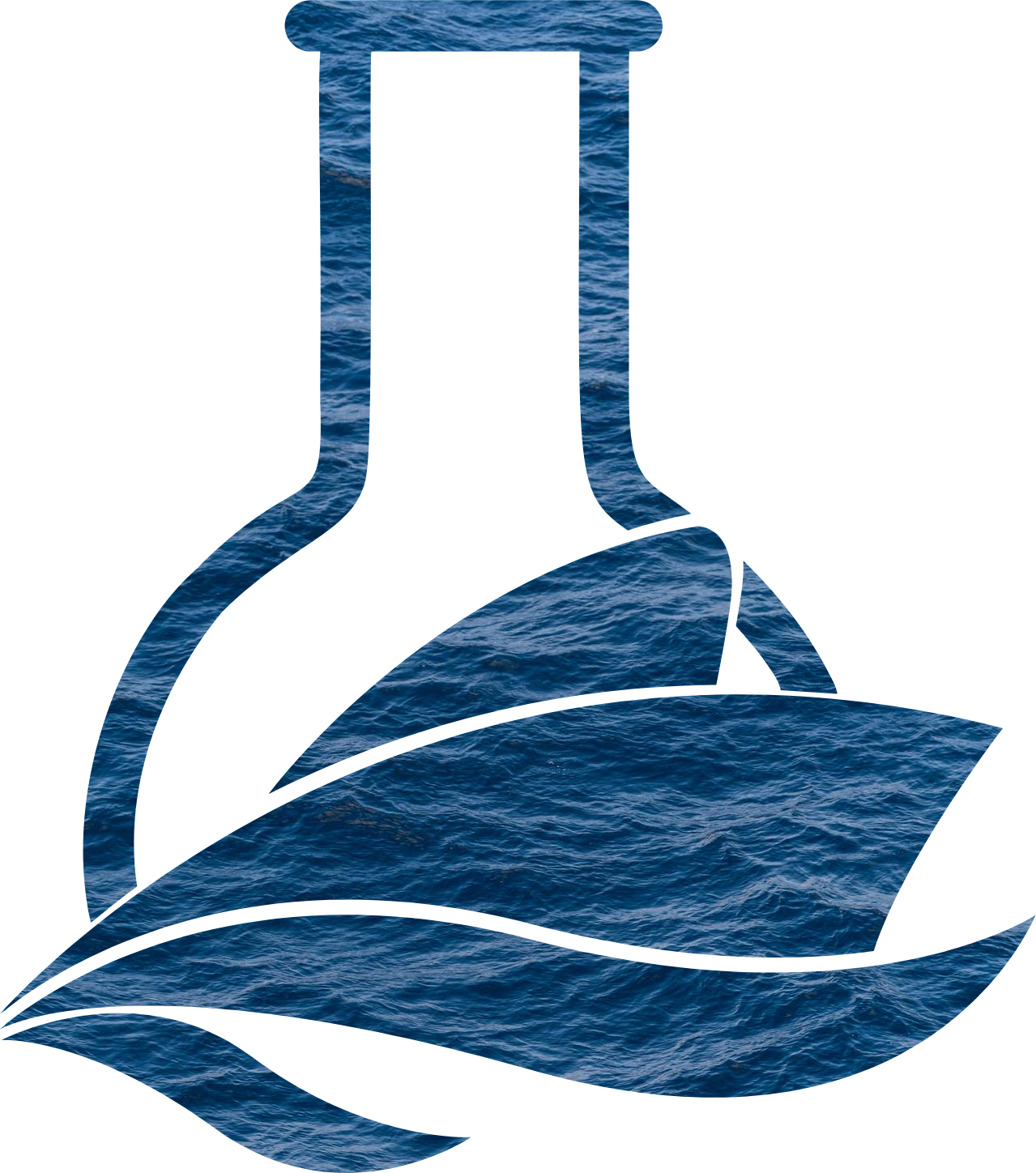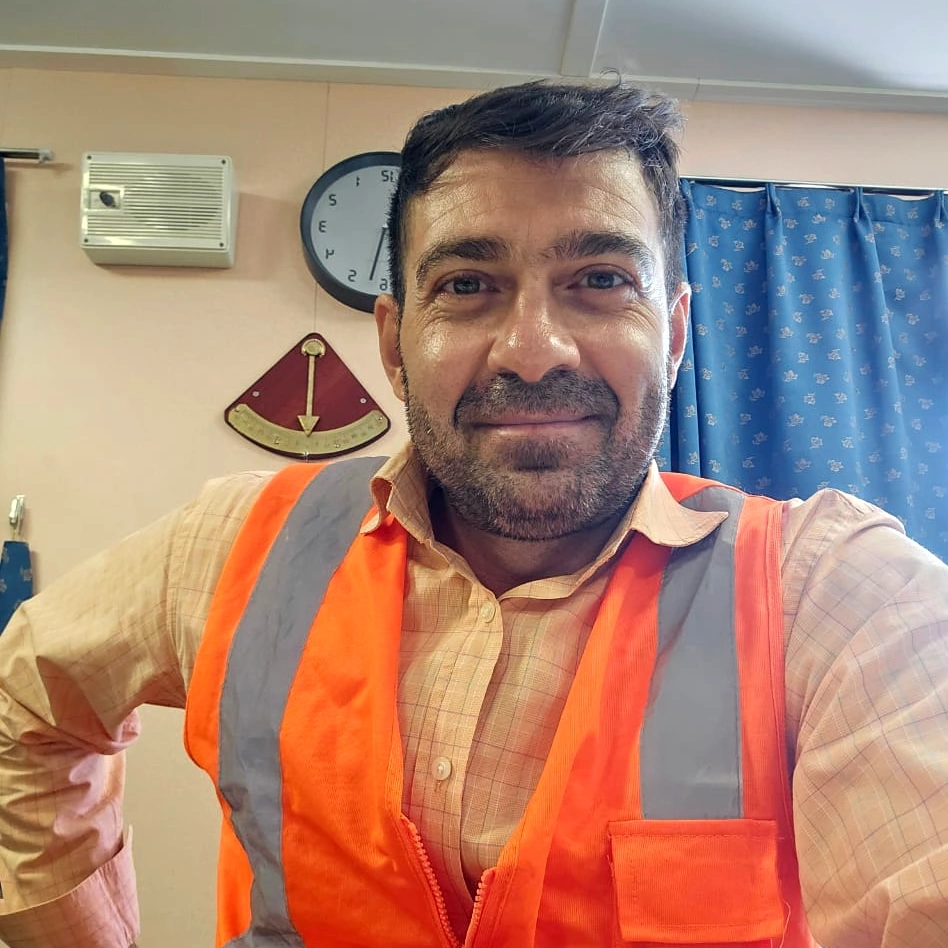Ballast Water Testing
Ships operating between different regions often carry in their tanks…
Testing Conducted Onboard And In Iso/iec 17025 Accredited Laboratories

Lan Maritime Lab is an independent company specializing in ballast water collection and analysis aboard vessels. Since its founding, it has established itself as a technical reference in serving ports and terminals across Brazil, while also expanding its presence to key regions of South America.
With an approach focused on operational excellence, Lan Maritime Lab provides services of high quality standards, ensuring regulatory compliance and analytical accuracy. We value the agility in delivering results and maintain transparent and continuous communication with our clients, from planning to the completion of each project.
Our commitment is to actively contribute to environmental safety and the efficiency of maritime operations through reliable technical solutions aligned with the best industry practices.
Hello, and welcome to the Lan Maritime Lab website.
It’s a personal pleasure to have you here. If this is your first visit, I hope it marks the beginning of a solid and lasting relationship with our company. If you are already a client, thank you for your trust — we reaffirm our commitment to excellence in every service we deliver.
Lan Maritime Lab was founded in 2021 with a clear purpose: to offer high-quality technical services in the sampling and analysis of ballast water on ships operating in Brazilian and South American ports

We operate with a strong focus on compliance, sustainability, and innovation — the core pillars that have guided us from the very beginning.
Our mission is to ensure your operation meets the latest regulatory requirements with precision, responsibility, and agility. We are ready to be your trusted technical partner in the maritime sector.
Count on us.
Leandro A. Noronha
CEO | Lan Maritime Lab
A Lan Maritime Lab was founded in March 2021 with a clear purpose: to become a national reference in ballast water collection and analysis at ports and maritime terminals.
Since then, this mission has been solidly realized. In just a few years of operation, we have gained the trust of a growing client base, significantly increased the number of vessels served, and expanded our operations to other South American countries.
This rapid growth trajectory is a direct result of our commitment to technical excellence, professional ethics, and the continuous pursuit of effective solutions aligned with the regulatory requirements of the maritime sector.
The story of the Lan Maritime Lab is still being written — and it reflects, from the beginning, the strength of a clear vision, solid principles, and work done with responsibility and purpose.
Our mission is simple: to provide ballast water sampling and analysis services with excellence, integrity, and unwavering commitment to our clients.
We operate with a continuous sense of responsibility, offering specialized technical support 24 hours a day, 7 days a week. This level of dedication is reflected in the growing trust we have earned at ports and terminals across Brazil and various regions of South America.
We believe that quality service goes beyond technical expertise — it also involves ethics, responsiveness, and respect at every stage of the operation.
Most commercial vessels are required to conduct regular sampling of discharge waters, such as ballast water, sewage, and gray water, as well as exhaust gas scrubber wash water. In addition, to ensure crew safety, many vessel operators routinely test their onboard potable water systems.
Lan Maritime Lab provides comprehensive sampling and testing services for all discharge waters, in full compliance with VGP requirements.
Ships operating between different regions often carry in their tanks…
Wastewater originating from onboard toilets, kitchens, sinks, bathtubs, and showers…
With the implementation of IMO 2020 guidelines, the maritime sector…